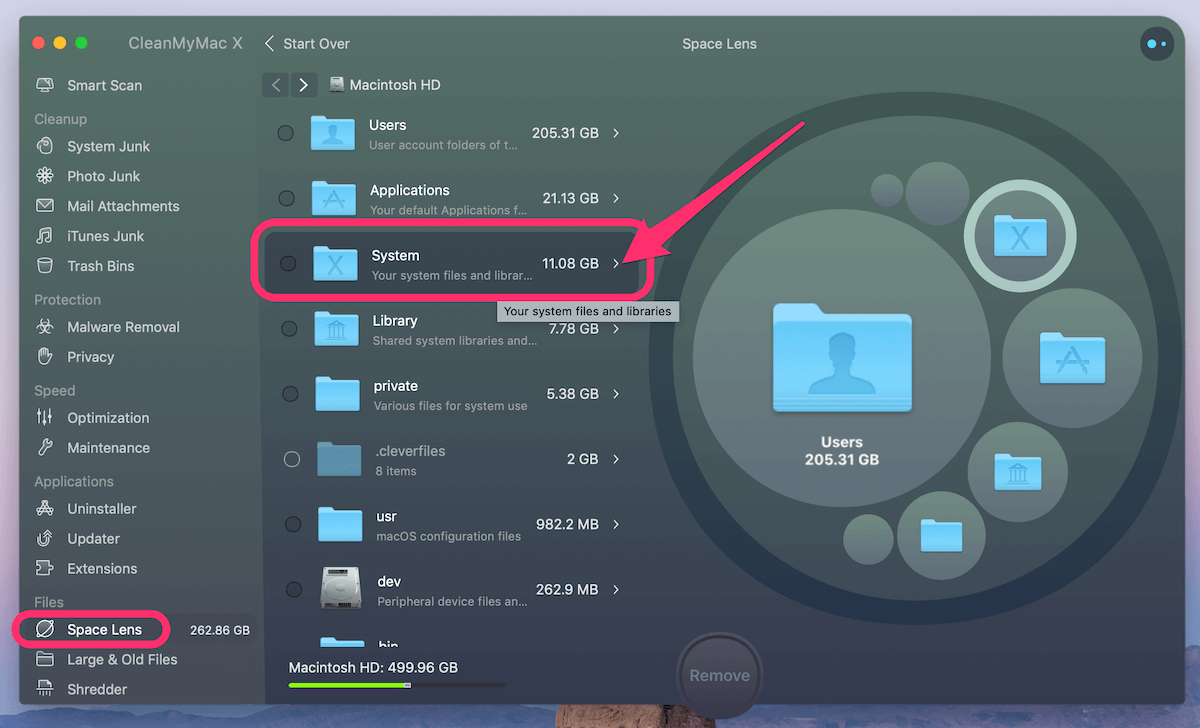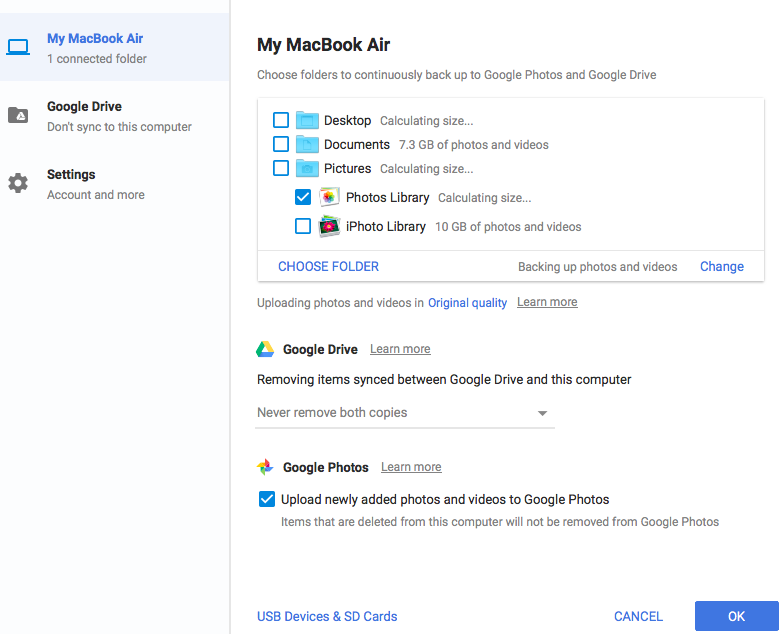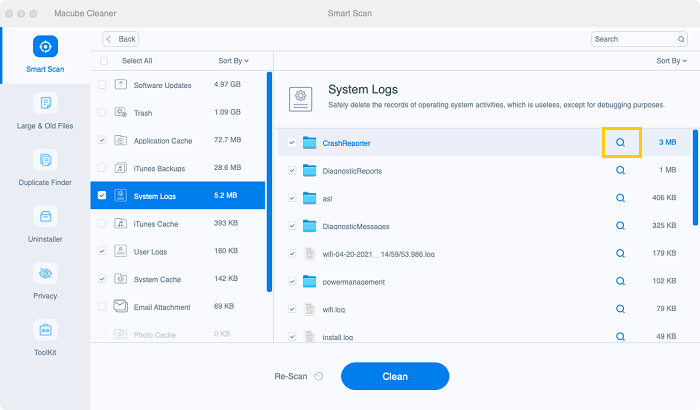

- MAC SYSTEM STORAGE TOO MUCH HOW TO
- MAC SYSTEM STORAGE TOO MUCH MAC OS X
- MAC SYSTEM STORAGE TOO MUCH PDF
- MAC SYSTEM STORAGE TOO MUCH ARCHIVE
We use this information to address the inquiry and respond to the question.

To conduct business and deliver products and services, Pearson collects and uses personal information in several ways in connection with this site, including: Questions and Inquiriesįor inquiries and questions, we collect the inquiry or question, together with name, contact details (email address, phone number and mailing address) and any other additional information voluntarily submitted to us through a Contact Us form or an email.

Please note that other Pearson websites and online products and services have their own separate privacy policies. This privacy notice provides an overview of our commitment to privacy and describes how we collect, protect, use and share personal information collected through this site. Pearson Education, Inc., 221 River Street, Hoboken, New Jersey 07030, (Pearson) presents this site to provide information about Peachpit products and services that can be purchased through this site. You’ll also find Quicken or QuickBooks account download files (if you use the Web connect feature), image attachments to e-mail messages that you may have saved by clicking the Save button in Mail, and countless other files you may not realize are on your computer.Īs I type this, there’s 2.72 GB of disk space taken up by the 112 files in my Downloads folder ( Figure
MAC SYSTEM STORAGE TOO MUCH PDF
For example, when you click a Web page link that displays a PDF file, that PDF file is downloaded to your computer and stored in – you guessed it – the Downloads folder. Have you ever looked inside this folder? It contains all the files you downloaded, even the ones you didn’t think of as downloads at the time. You may even have an icon for it in the Dock. You can find this folder inside your Home folder.
MAC SYSTEM STORAGE TOO MUCH MAC OS X
In the most recent Mac OS X versions, files you download from the Web are usually saved to the Downloads folder. Very dumb! Clear Out the Downloads Folder That just shuffles the junk around it doesn’t eliminate it and clear out disk space.Īs I type this, almost 1 GB of disk space on my main Mac is taken up by 539 files on my Desktop, most of which are in a Desktop Junk folder I created to keep them out of the way. Then empty the Trash.ĭon’t do what I do, which is to wait until there are too many icons to actually find new ones that arrive and then file them all in a Desktop Junk folder on the Desktop. What is all that junk? Do you need it all? Go through it all, file the keepers, and delete the junk. If you’re like me, your Mac’s desktop is a minefield of file and folder icons. That’s usually where you find commands related to an application’s internal Trash. Check the documentation for the applications you use, or just peek under the application or File menu. IPhoto isn’t the only application with its own Trash.
MAC SYSTEM STORAGE TOO MUCH ARCHIVE
I start with the easy stuff - the document files you can archive and take off your hard disk because you really don’t need them there - and work my way up to unused application and system files that probably shouldn’t be on your hard disk in the first place.įigure 4 Choose iPhoto > Empty iPhoto Trash.
MAC SYSTEM STORAGE TOO MUCH HOW TO
In this article, I explain how to find and delete files that are unnecessarily filling up your hard disk so you can free up space for new files. If you offload the things you really don’t need, you might wind up with enough room to put off that new hard disk purchase until you’re ready for a whole new computer. Six months or a year later, we wonder where all that free space went and we worry about having enough space for the next six months.īefore you run out and get a new hard disk, you can do a few things to free up space on the hard disk you already have. We buy a new computer with a hard disk so big we’re convinced we could never fill it up. Mac OS X 10.6 Snow Leopard: Visual QuickStart Guide


 0 kommentar(er)
0 kommentar(er)
